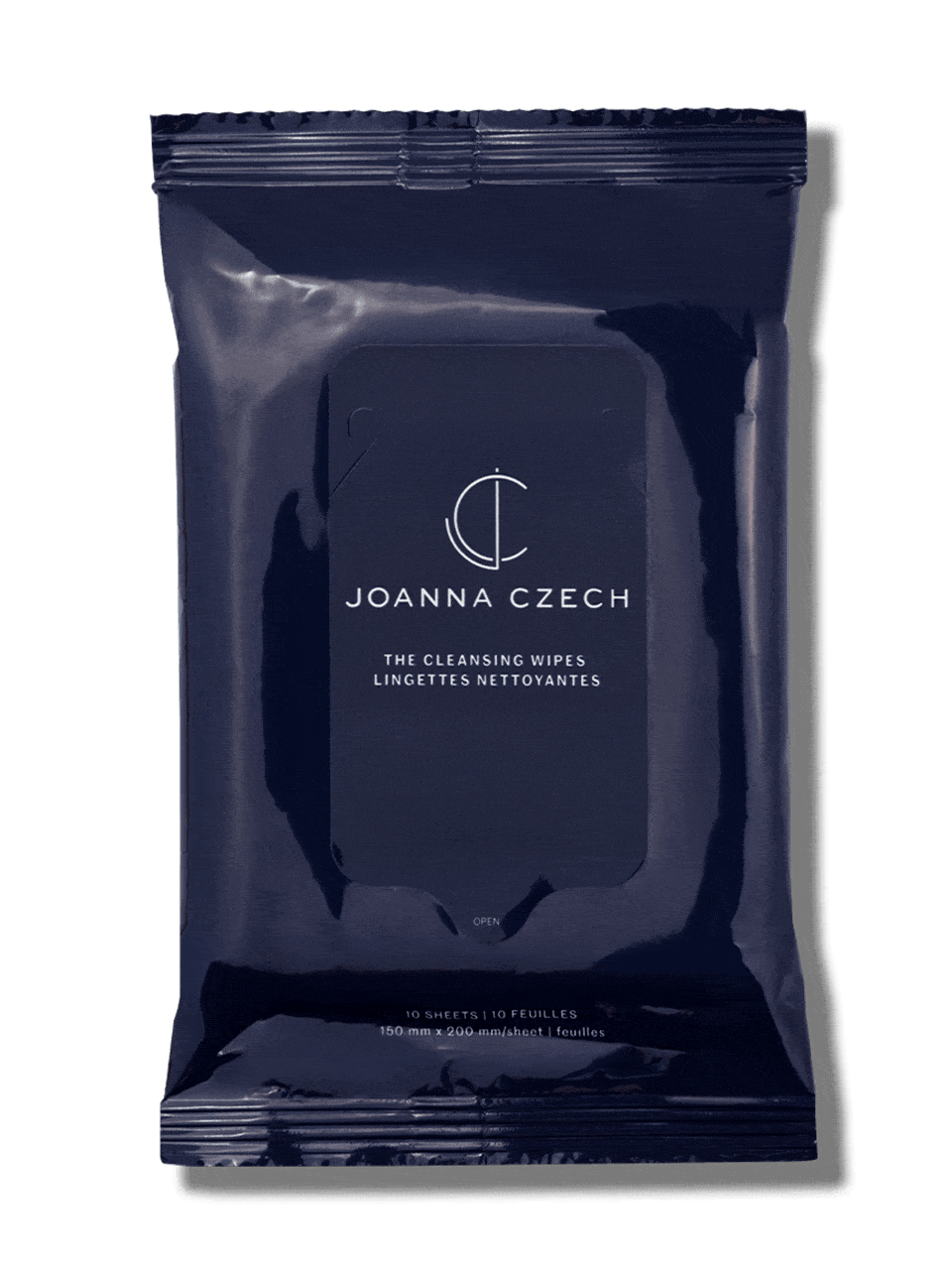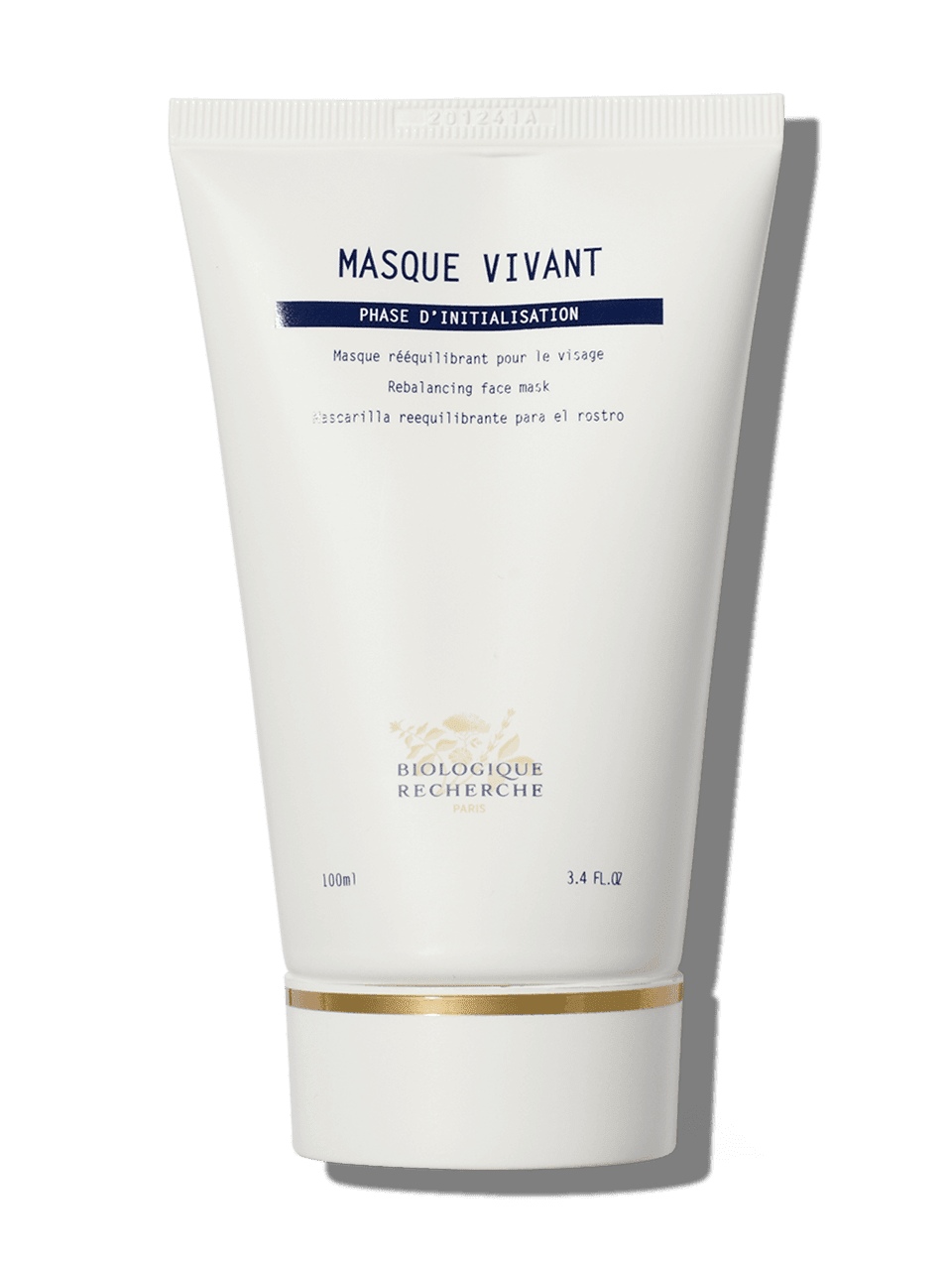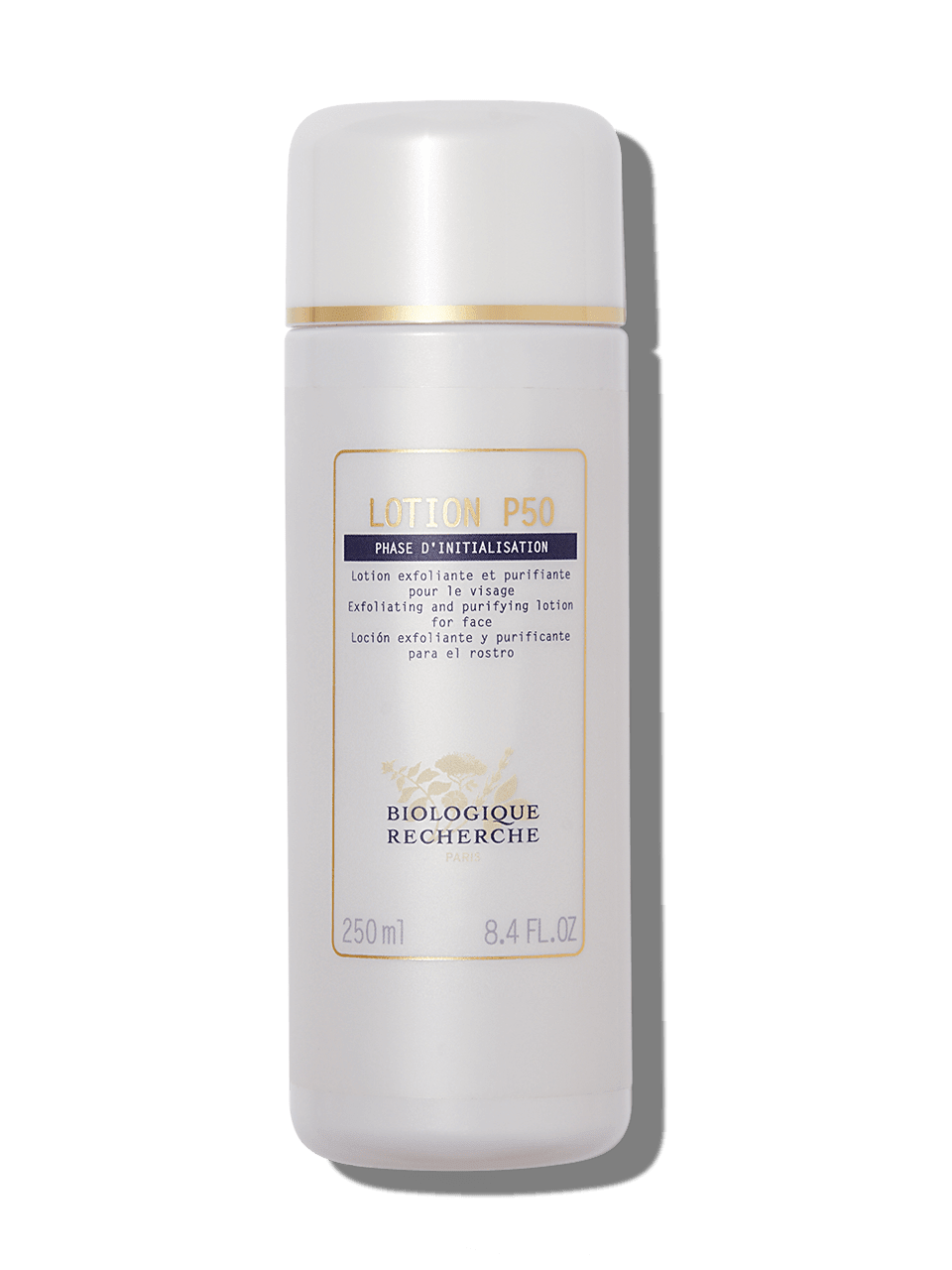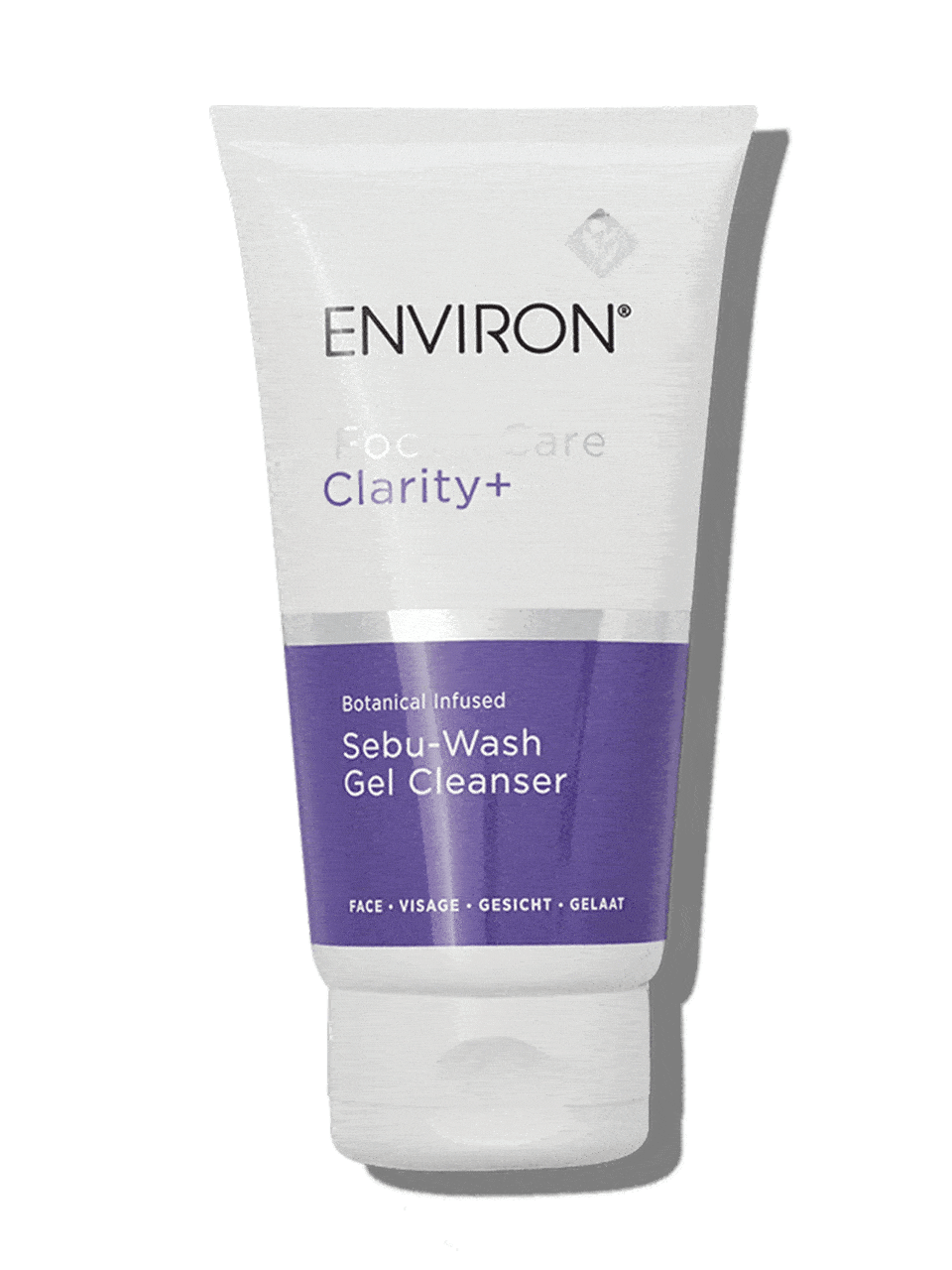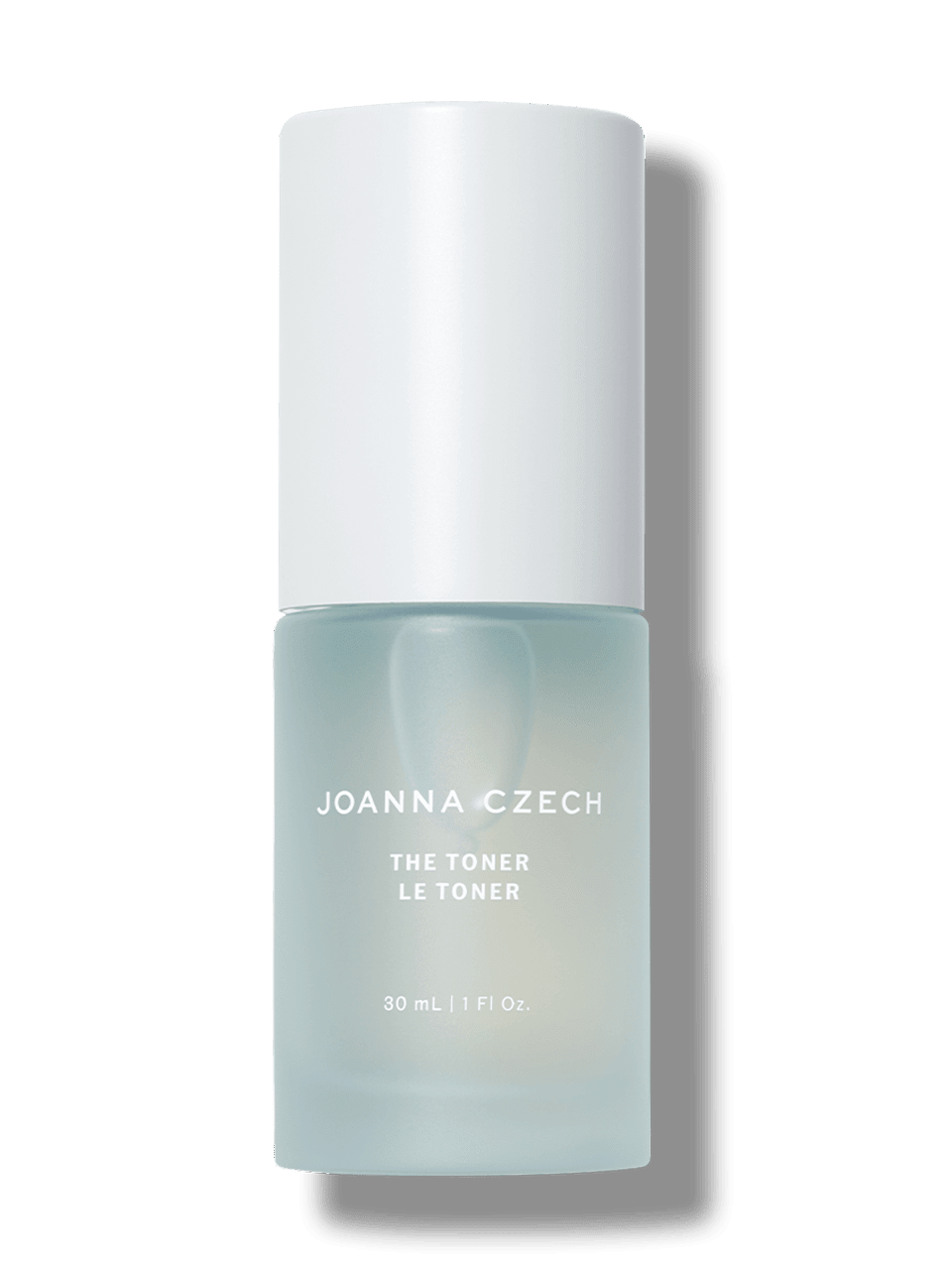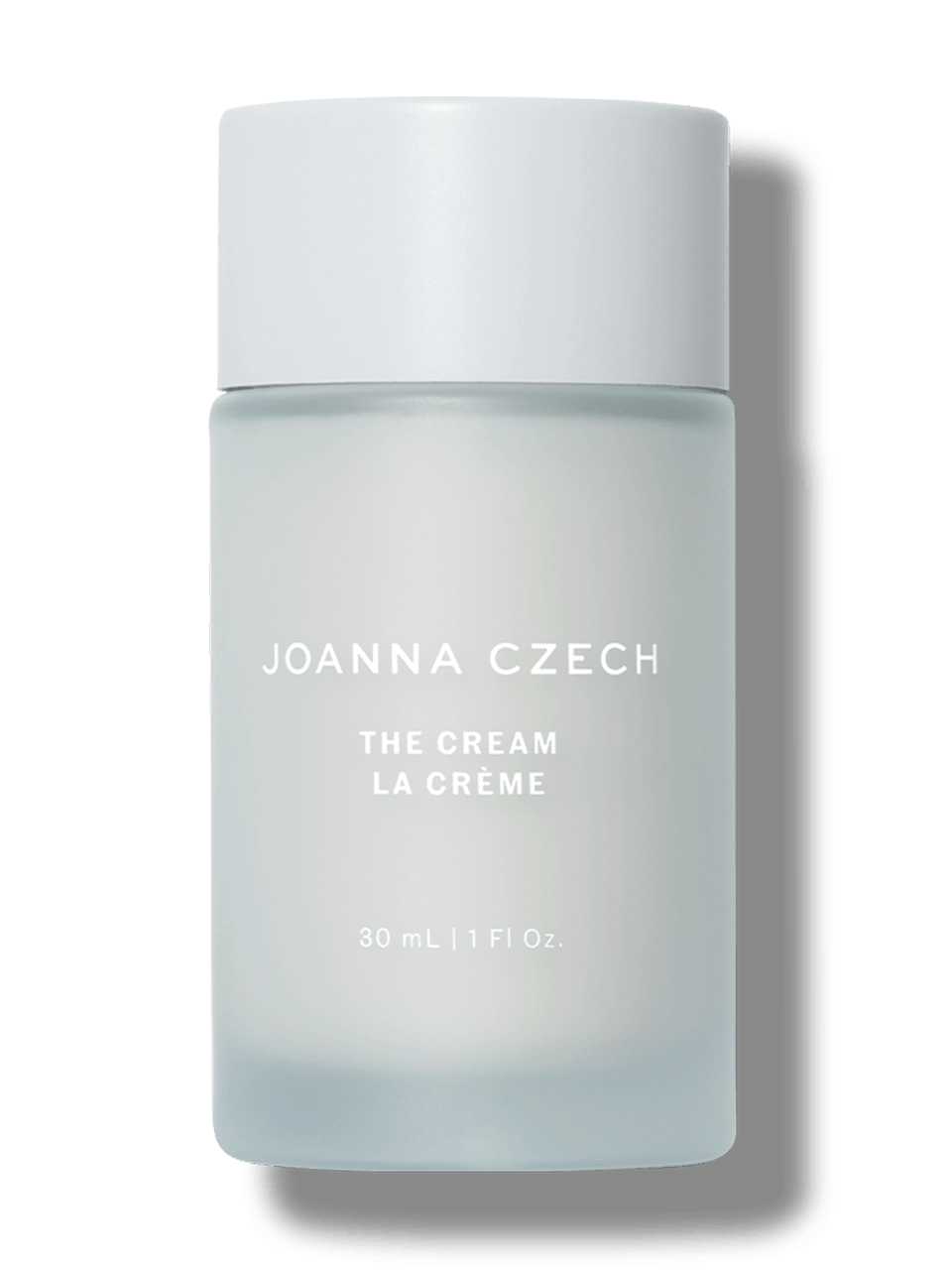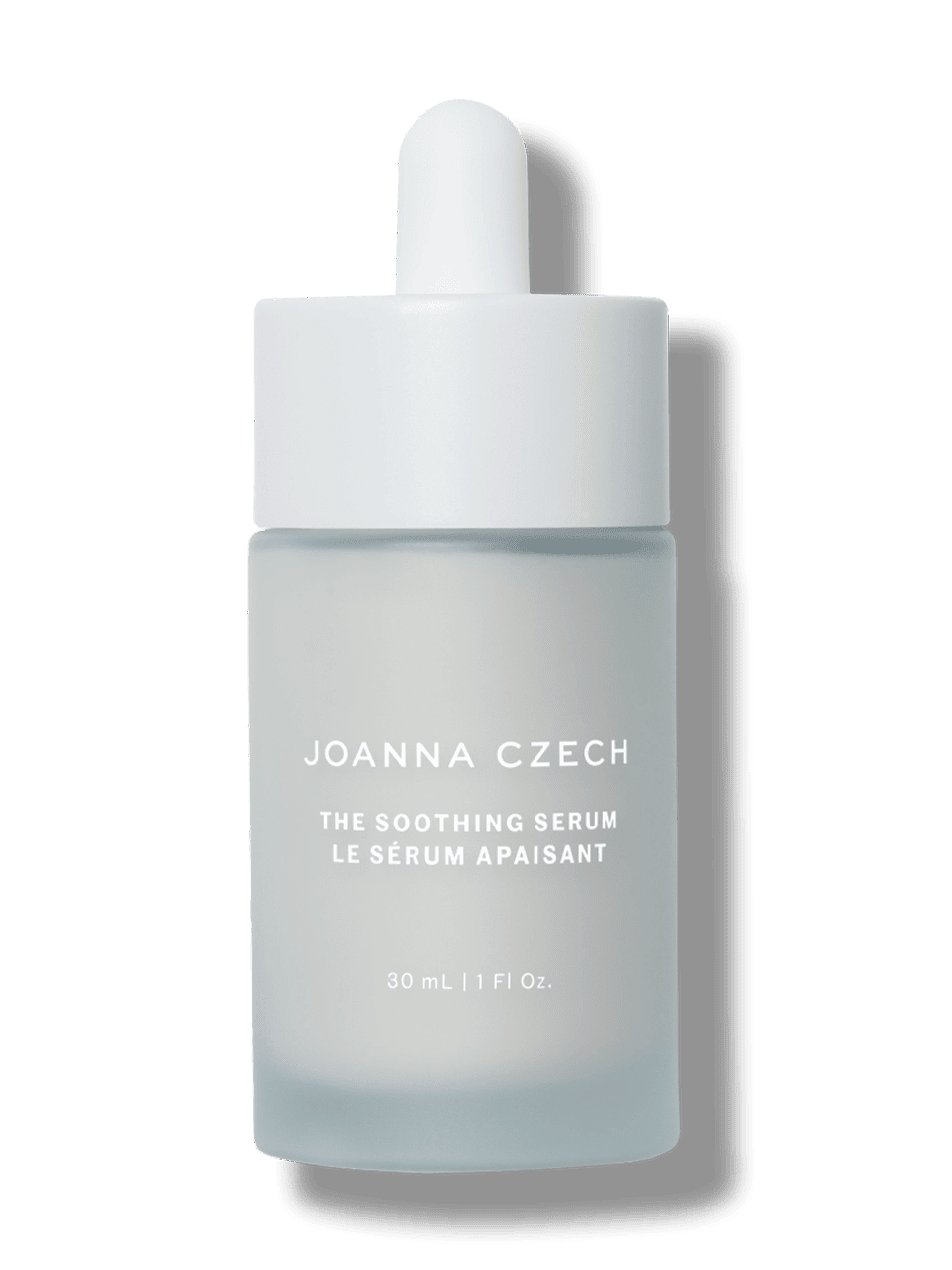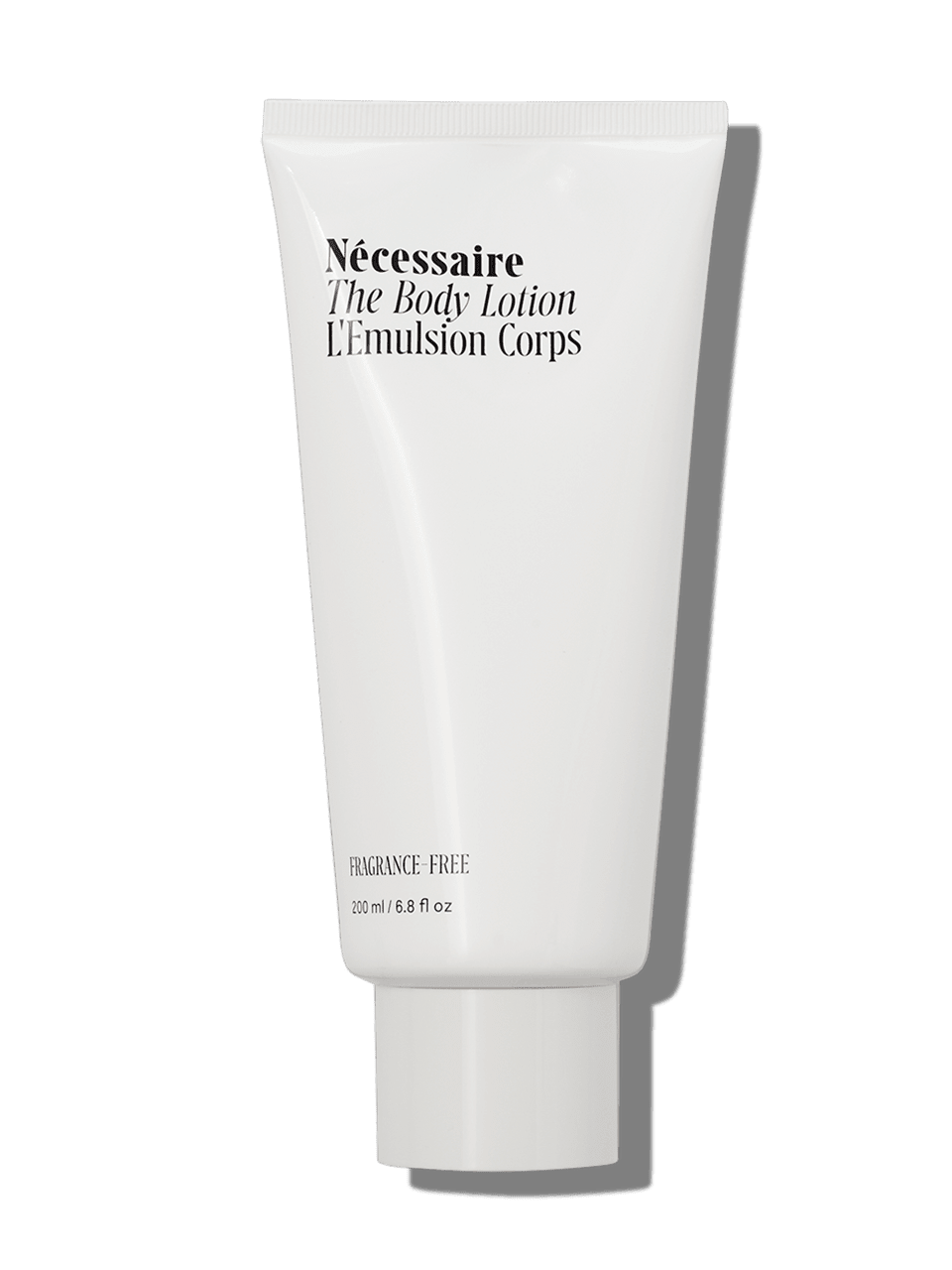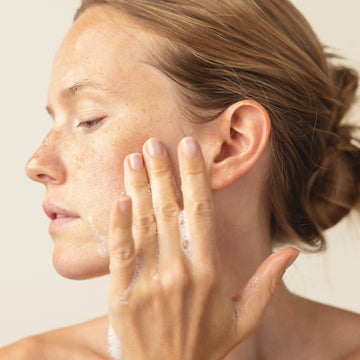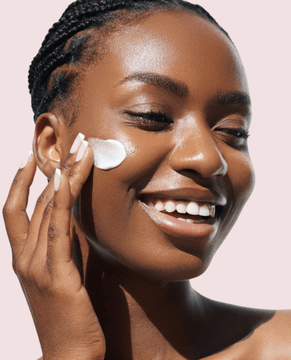Skincare Ingredients Decoded
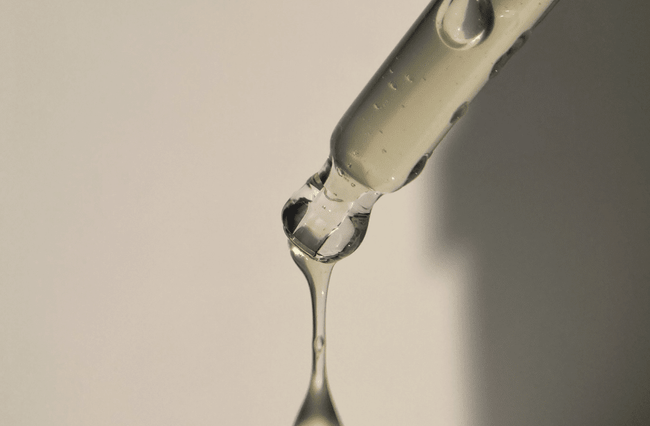
Skincare Ingredients Decoded
There are so many skincare ingredients out there that it can be hard to keep track, let alone determine which is best for your specific skin condition. But knowing exactly what ingredients are in your products and how they work is key to ensuring you’re working towards your skin goals.
We decoded some of the most popular (and effective) skincare ingredients, including alpha hydroxy acids (AHAs), beta hydroxy acids (BHAs), hyaluronic acid, niacinamide, and vitamin C to help you determine which will enhance your skincare regimen.
Alpha Hydroxy Acids (AHAs)
Alpha Hydroxy Acids (AHAs) exfoliate the skin, promote cell turnover, and target concerns such as uneven skin tone, texture, and acne. Since AHAs are water-soluble, they work on the skin's surface, targeting sun spots and wrinkles without being too drying or irritating. Anyone can benefit from using AHAs because removing dead skin cells (aka exfoliating) enables the active ingredients that follow to absorb more effectively.
Lactic acid is a popular AHA derived from milk, vegetables, or plants that helps promote cell turnover and the shedding of dead skin cells for smoother and softer skin. It's found in lotions, masks, serums, and even body lotions.
How to incorporate Alpha Hydroxy Acids (AHAs) into your routine:
AHAs are a gentler category of exfoliating acids, but mature, dry, and sensitive skin should still proceed with caution. Consult your esthetician or perform a patch test before including AHAs in your routine.
You can always refer to our blog on skincare layering to determine the best sequence in which to apply exfoliating acids, depending on whether you are using an essence, serum, or lotion. Either way, you’ll only want to use one type of exfoliating product at a time to avoid disrupting your skin’s barrier. The same rule goes for mixing AHAs with retinol. Since your skin is more susceptible to sun damage when using acids, I also suggest incorporating AHAs into your nighttime routine.
Recommended Alpha Hydroxy Acids (AHAs) products include:
-
![The Cleansing Wipes]()
Joanna Czech Skincare
The Cleansing Wipes
From $30.00
Beta Hydroxy Acids (BHAs)
Oil-soluble beta-hydroxy acids (BHAs) are another group of exfoliating acids that reach deeper into the pores than AHAs to clear excess debris and sebum. Since blemishes start below the skin's surface, BHAs are an excellent treatment for acne and enlarged and clogged pores. They also work on the skin's surface to smooth bumps and even out skin tone.
Salicylic acid, which comes from the bark of a willow tree, is a popular BHA that penetrates deep into the pores dissolving acne-causing oil and bacteria and reducing inflammation. You can find salicylic acid in various strengths, so you can adjust according to your sensitivity and skin conditions.
How to incorporate Beta Hydroxy Acids (BHAs) into your routine:
BHAs are commonly found in cleansers, toners, serums, and ointments. You can use them once daily, followed by a moisturizer like hyaluronic acid.
Whenever you introduce an acid to your skin, you’ll want to start with a lower strength and slowly work your way up if you can tolerate it, especially if you have mature, dry, or sensitive skin. You can also seek out formulations with soothing ingredients like ceramides and niacinamide. Consult your esthetician or perform a patch test before including BHAs in your routine.
Similar to AHAs, since your skin is more susceptible to sun damage when using acids, incorporate BHAs into your nighttime routine. And to avoid irritation, I don’t recommend mixing different exfoliating products and retinol.
Recommended Beta Hydroxy Acids (BHAs) products include:
Hyaluronic Acid
Hyaluronic acid is an extremely popular skincare ingredient known for its hydrating properties. It retains moisture, plumps the skin, and improves skin elasticity.
The naturally occurring molecule is found in our eyes, gums, lips, scalp, hair, joints, and skin, the last of which contains 50% of our body’s total hyaluronic acid level. These levels start to decrease as we age, causing dullness, fine lines, and wrinkles. But when applied topically, hyaluronic acid can help to replenish that hydration and bring back the bounce in your skin.
How to incorporate Hyaluronic Acid into your routine:
Hyaluronic acid is a hero skincare ingredient that’s incredibly easy to incorporate into your routine and is suitable for all skin types. Because of its ability to bind moisture to the skin (it can hold up to 1000x its weight in water), hyaluronic acid is included in many moisturizers and serums. You can use it morning and night. Just ensure the skin is damp before applying to get the full hydrating effect.
Recommended Hyaluronic Acid products include:
-
![The Cream]()
Joanna Czech Skincare
The Cream
$210.00
Niacinamide
Niacinamide, also known as nicotinamide, is a water-soluble form of vitamin B3. An essential nutrient, niacinamide, is commonly found in foods like eggs, meat, cereal, and green vegetables. When applied topically, the vitamin helps regulate oil production, reduce the appearance of pores, soften fine lines and wrinkles, diminish dullness, and strengthen skin barrier function.
How to incorporate Niacinamide into your routine:
Like hyaluronic acid, niacinamide is simple to incorporate into your routine because of its bounty of benefits and low risk of side effects. To see the best results, apply it both morning and night as a serum or moisturizer so the product stays on your skin. As always, make sure you use a toner beforehand to ensure your skin is pH balanced and ready to absorb the vitamin fully.
Recommended Niacinamide products include:
Vitamin C
Vitamin C is a hero skincare ingredient with powerful antioxidant properties that brighten the skin, even out skin tone, increase collagen production, and protect against environmental damage.
There are six forms of vitamin C in skincare. My preferred form, and the newest on the market, is tetrahexyldecyl ascorbate (THDA), which you'll find in our C+ Serum. This efficient, oil-soluble ingredient penetrates deep into the layers of the skin without causing irritation or sun sensitivity and with more stability than any other form of vitamin C.
How to incorporate Vitamin C into your routine:
Vitamin C is most effective when used during the day because it has a synergistic effect when paired with sunscreen. The antioxidant-packed ingredient fights off the free radicals caused by UV rays and pollution in our atmosphere.
Vitamin C serums have high concentrations of the ingredient compared to lotions or cleansers, allowing your skin to receive the maximum benefit. Just make sure to apply a toner after cleansing to ensure the serum is absorbed properly.
Recommended Vitamin C products include:
Now that you’ve got all the details, you may have an idea of what skincare ingredients you want to try out. Check your labels. You may already be using some of them in your current routine, and now that you know the side effects and when to use them, you can make any necessary adjustments.
Navigating the skincare world can be overwhelming, but now that you understand how to use these common ingredients, you’ll be well on your way to crafting the perfect regimen. After all, you don’t need a 10-step routine to achieve results as long as you use the best skincare ingredients for your concerns.
